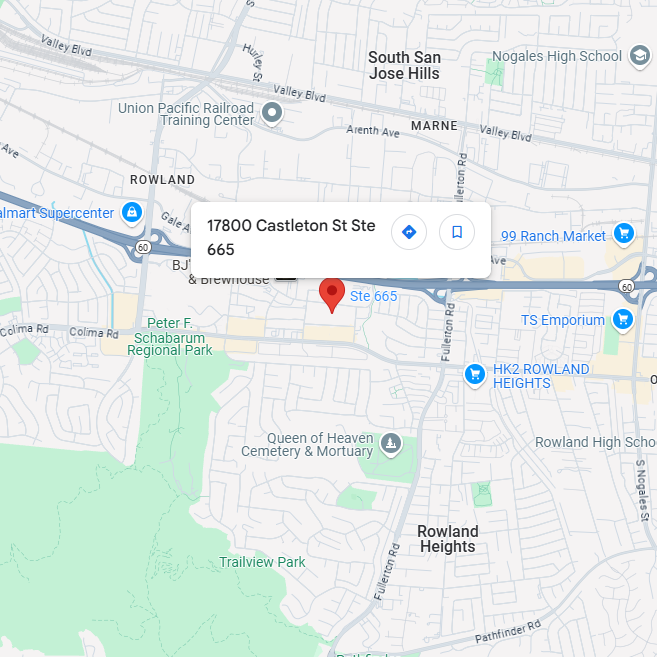EDITGENE CO., LTD

17800 Castleton St. Ste 665. City of Industry. CA 91748

info@editxor.com

+1-833-226-3234 (USA Toll-free)
+1-224-345-1927 (USA)
+86-19120102676 (Intl)

Technical Support

Support Center
Beijing Time: Monday to Friday, 8:00 AM - 6:00 PM
Toll-Free (USA): +833-226-3234
Direct Line (USA): +1-224-345-1927
Email: techsupport@editxor.com

After-Hours Support
Beijing Time: Monday to Sunday, 8:00AM - 6:00 PM
International Line: +86-19120102676
Email: info@editxor.com

Facebook Messenger
Reach out to us on Facebook Messenger for personalized assistance and detailed information.

Linkedin
Engage with us on LinkedIn for professional inquiries, the latest blogs, discoveries, and updates on our innovative work.
FAQ
Can comparable editing efficiency be achieved in suspension cells?
While suspension cells are generally more difficult to transfect, this kit performs exceptionally well in both adherent and suspension cell types. For example, in Jurkat cells, editing efficiency can reach up to 97%
within 48 hours post-transfection, demonstrating the kit’s outstanding performance and suitability for demanding suspension cell applications.
Why does this kit cause minimal cellular damage?
The kit employs advanced biomolecular transfection technology, offering significant advantages over
traditional methods. Unlike chemical transfection, which may be cytotoxic, or electroporation, which can subject cells to physical stress, this approach ensures minimal damage while maintaining high efficiency.
How can high editing efficiency be achieved without selection?
This kit has been validated across multiple cell lines. The RNP complex enters cells and begins gene editing within 4 hours post-transfection. Cas9 protein is degraded within 24–48 hours, allowing efficient and transient expression-driven editing without the need for antibiotic or fluorescent selection.
How can it be demonstrated that high editing efficiency is achieved without selection?
The product has been validated in multiple cell types. The RNP system enters cells and begins functioning within 4 hours post-transfection, and the Cas9 protein is degraded within 24-48 hours. This transient, high-efficiency expression enables gene editing without the need for continuous selection.
What should be done if gene knockout fails using the kit?
If gene knockout fails when using this kit, EDITGENE will not charge for the kit. Additionally, the fee you paid for the kit can be directly applied toward EDITGENE’s gene knockout service, ensuring that your gene editing experiments proceed without concerns.
Why does the product cause relatively low cellular damage?
The product utilizes advanced biomolecular transfection technology. Compared with the toxicity of traditional chemical transfection methods and the physical stress of electroporation, it shows significant advantages in preserving cell viability.
Can the same efficiency be achieved in suspension cells?
Transfecting suspension cells is generally more challenging. However, due to its superior performance, this product works efficiently not only in adherent cells but also in suspension cells. For example, in Jurkat cells, 48 hours post-transfection, editing efficiency can reach up to 97%, demonstrating the product’s high efficiency in suspension cell transfection and meeting demanding requirements.
Can the kit detect Mycoplasma in reagents?
The kit can detect Mycoplasma in common cell culture reagents, such as media and serum, without the need for sample preparation. Simply proceed directly to PCR reaction and gel loading. However, the kit cannot detect Mycoplasma in organic solvents like DMSO or ethanol.
Bands appear in the negative control
Use a freshly opened negative control for retesting. Ensure to change pipette tips during sample loading and prioritize loading the negative control first to avoid cross-contamination between samples.
Inconsistent results with repeated testing
PCR detection of Mycoplasma is highly sensitive, so avoid cross-contamination between samples. Ensure sterile conditions when handling each sample individually. After sample processing and PCR reaction, allow samples to cool before proceeding to the next step to avoid aerosol contamination.
Can the kit detect Mycoplasma in reagents?
The kit can detect Mycoplasma in common cell culture reagents, such as media and serum, without the need for sample preparation. Simply proceed directly to PCR reaction and gel loading. However, the kit cannot detect Mycoplasma in organic solvents like DMSO or ethanol.
Inconsistent results with repeated testing
PCR detection of Mycoplasma is highly sensitive, so avoid cross-contamination between samples. Ensure sterile conditions when handling each sample individually. After sample processing and PCR reaction, allow samples to cool before proceeding to the next step to avoid aerosol contamination.
Bands appear in the negative control
Use a freshly opened negative control for retesting. Ensure to change pipette tips during sample loading and prioritize loading the negative control first to avoid cross-contamination between samples.
What should I do if the transfection efficiency in target cells is low?
It is recommended to conduct a pre-transfection experiment before the main experiment. Try different transfection methods to find optimal conditions, such as common chemical transfection methods (e.g., lipofection) or physical methods (e.g., electroporation).
Does the Bingo™ CRISPR Point Mutation Cell Line Generation Kit recommend lipofection or electroporation?
The Bingo™ PE, pegRNA, and gRNA in the kit are all plasmids, compatible with both lipofection and electroporation. You can choose the appropriate transfection method and parameters based on cell type. Generally, adherent cells can be transfected by either method, while therapeutically relevant cells are recommended to use electroporation






 Room 501, Building D, International Business Incubator, No.3 Juquan Road, Science City, Huangpu District, Guangzhou, Guangdong, China 510663
Room 501, Building D, International Business Incubator, No.3 Juquan Road, Science City, Huangpu District, Guangzhou, Guangdong, China 510663
